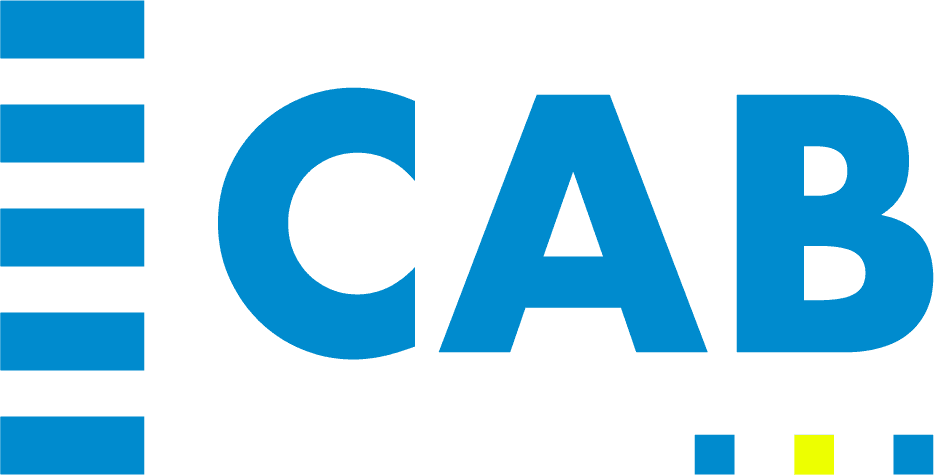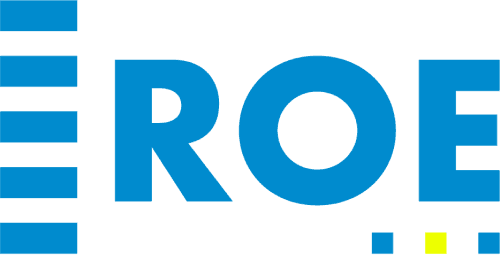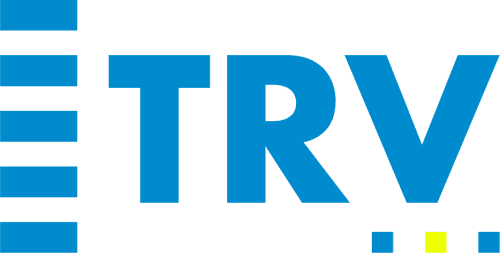We’ve all had the thought: “If only weekends were three days instead of two.” A little more breathing room, one more morning to recharge, maybe even a chance to feel caught up.
But the reality? Work doesn’t politely stay in its lane. It creeps into evenings, Saturdays, and everything in between.
I learned that the hard way in my first decade at GBM6. While friends were unwinding, my weekends belonged to shows. No reset, no pause button, just more grind stacked on top of long weeks.
And here’s the bigger picture: not everyone can unplug completely, and that’s okay. What matters is knowing how to recover from burnout while still working.
A 2024 BCG report shows nearly half of workers across eight countries are already in burnout. That’s not just a statistic; it’s proof we need practical recovery strategies that fit into our daily life and help us find ways to recover inside the workweek itself.
Why Recovery While Working Matters
Most of us can’t step away for weeks at a time. Vacations are rare, and long breaks? Even rarer. That doesn’t mean you’re doomed to burn out.
Think about it like flying: a pilot can’t shut the engines off mid-air, but they can adjust the systems to ease the strain and keep the flight steady. Work isn’t much different. Small daily resets keep you going longer without breaking down.
Shawn Achor once said, “Happiness is the joy we feel striving toward our potential.” That joy doesn’t come from grinding endlessly; it comes when you make space to refuel along the way.
The data backs it up. McKinsey found that burned-out employees are six times more likely to quit within just six months. That’s a staggering gap, and it shows recovery isn’t only about easing stress, it’s about protecting creativity, stability, and your team. Because let’s be real, replacing people is way harder than replacing an empty coffee pot.
The Power of Rituals
Here’s my secret weapon: coffee and jazz. Every morning. Same song, same espresso. It’s not fancy, but it sets the tone.
Why does it work?
Because rituals give you consistency, they remind your brain: you’re in control. And honestly, when life feels chaotic, that little sense of order is gold.
Rituals are, sometimes, a simple act that tells your mind, we’ve got this. So think of them as anchors. They hold you steady when stress tries to drag you out.
Even small wins like finishing your coffee before your inbox attacks lower stress hormones and give you more resilience.
James Clear, the guy behind Atomic Habits, nailed it: “You do not rise to the level of your goals. You fall to the level of your systems.” So build systems. They don’t have to be big. They just have to be yours.
Coffee, a walk, a two-minute stretch. Whatever ritual makes you feel like you’re steering instead of drifting. And hey, if your ritual is eating the same breakfast every day? Call it boring. I call it brain fuel with a side of sanity.
Injecting Fun Into Routine
At one of my early jobs, I invented something called Fancypants Fridays. It meant wearing a tie to our cubicle farm and convincing coworkers to do the same.
Did it make the code we wrote any better? Not really. But the vibe? Way different. We laughed more, worked lighter, and Fridays felt less like a grind.
That’s the thing about fun at work. It doesn’t need to be a big party or expensive perks. It can be small traditions such as goofy socks day, Friday playlists, or a team lunch, just anything that breaks the monotony.
And the numbers prove it. The CDC says a quarter of employees see their jobs as their biggest source of stress. Now flip that: Forbes reported that companies where employees have fun are 21% more profitable. That’s not just laughter in the office; it’s ROI with a smile.
Richard Branson summed it up perfectly: “Fun is one of the most important and underrated ingredients in any successful venture.” So yes, fun matters. Maybe your version isn’t a tie on Fridays. Maybe it’s donuts, trivia breaks, or inside jokes that turn long weeks into something lighter. Whatever it is, sprinkle fun in, and it fuels your week more than you think.
Practical Strategies for On-The-Job Recovery
Recovering on the job is all about the small things that add up. Here’s how to recover from burnout while still working with a few simple changes.
The Magic of Micro-Breaks
Five to ten minutes is all it takes.
Walk, stretch, or just breathe away from your desk. Research also proves that micro-breaks improve focus and cut fatigue. Think of them like pit stops on a long drive, so they are quick, necessary, and surprisingly powerful for keeping you moving.
Anchor Habits That Ground You
Rituals create rhythm in chaos. Your morning coffee, a mid-day journal entry, or shutting the laptop at the same time each evening are small habits that anchor you. Habits act like autopilot for resilience, sparing your energy for the things that actually need it. Small routines resulting in big stability.
Joy Boosts and Team Traditions
Work doesn’t always have to feel heavy. Fun rituals like Fancypants Fridays, office playlists, or even snack swaps can lift spirits. Shared traditions keep monotony from taking over. They remind everyone that behind the deadlines are humans who thrive on connection, and hey, laughter counts as recovery, too.
The Power of One Priority
When everything’s important, nothing is. Pick one priority each day and give it your best shot. By narrowing focus, you dodge overwhelm and actually get more done.
Managing workload intentionally is like clearing turbulence mid-flight, so it is all about clearer skies ahead, for both your brain and your output.
Your Takeoff Plan for Recovery
Recovery doesn’t always mean stepping away from work. More often, it means creating energy inside the workday itself.
Simple rituals, quick micro-breaks, and even lighthearted traditions give you a chance to reset without hitting pause on everything else.
And you know what Tony Schwartz says? “Manage your energy, not your time.” That change in focus is what turns ordinary routines into buffers against burnout.
The numbers prove why this matters. The WHO estimates stress-related mental health issues drain $1 trillion in productivity every year. So, small daily resets aren’t small at all; they’re your best defense.
Sources:
Boston Consulting Group: Half of Workers Around the World Struggling with Burnout. Accessed 10/04/2025.
McKinsey & Company: What Is Burnout? Accessed 10/04/2025.
Centers for Disease Control and Prevention (NIOSH): Stress…At Work. Accessed 10/04/2025.
Forbes: How Fun at Work Can Boost Employee Engagement. Accessed 10/04/2025.
PLoS One (Albulescu, Macsinga, Rusu et al., 2022): “Give me a break!” A systematic review and meta-analysis on the efficacy of micro-breaks for increasing well-being and performance. Accessed 10/04/2025.
World Health Organization: Mental Health at Work – Fact Sheet. Accessed 10/04/2025.

Article by
Founder, Think Like a Pilot & GBM6
Bobby Dutton is a professional speaker, entrepreneur, and philanthropist. He's also a licensed commercial pilot and flight instructor -- for fun. Thriving at the intersection of engineering and art, Dutton created GrooveBoston in 2004, built on the statement "Music is No Longer a Spectator Sport." His team (now called GBM6) is about making people happy, through legendary events. Bobby's pioneering work on event design has won him awards internationally, and he was voted one of the "Top 25 Young Event Pros to Watch" by Special Events Magazine. After 20+ years of navigating high-stress situations as a business owner and event producer, Bobby found calm in an unlikely place: in the sky. He now teaches these aviation-inspired decision-making tools to thousands through events, keynotes, and workshops.










